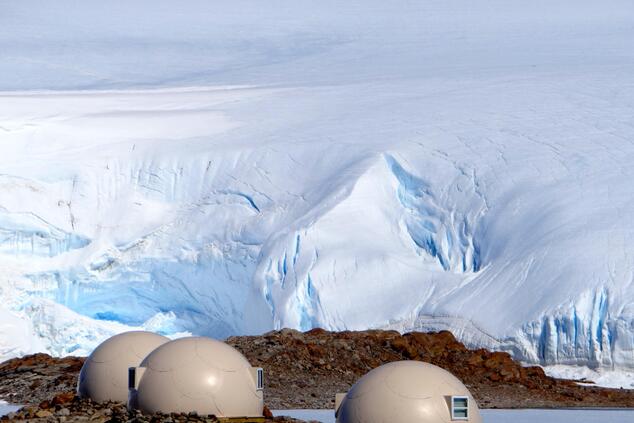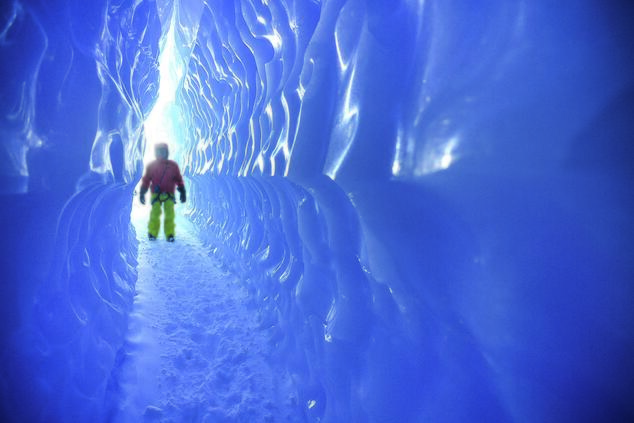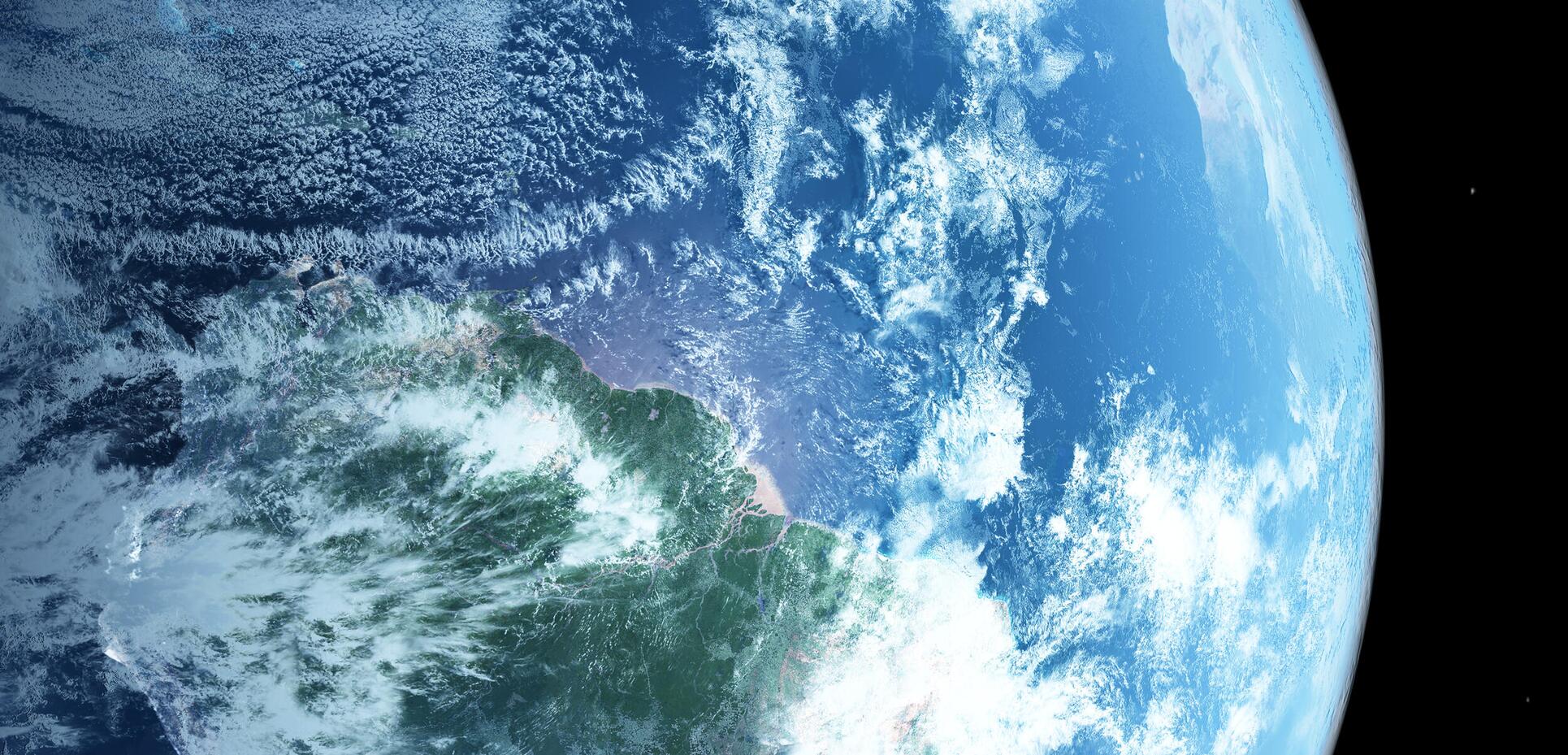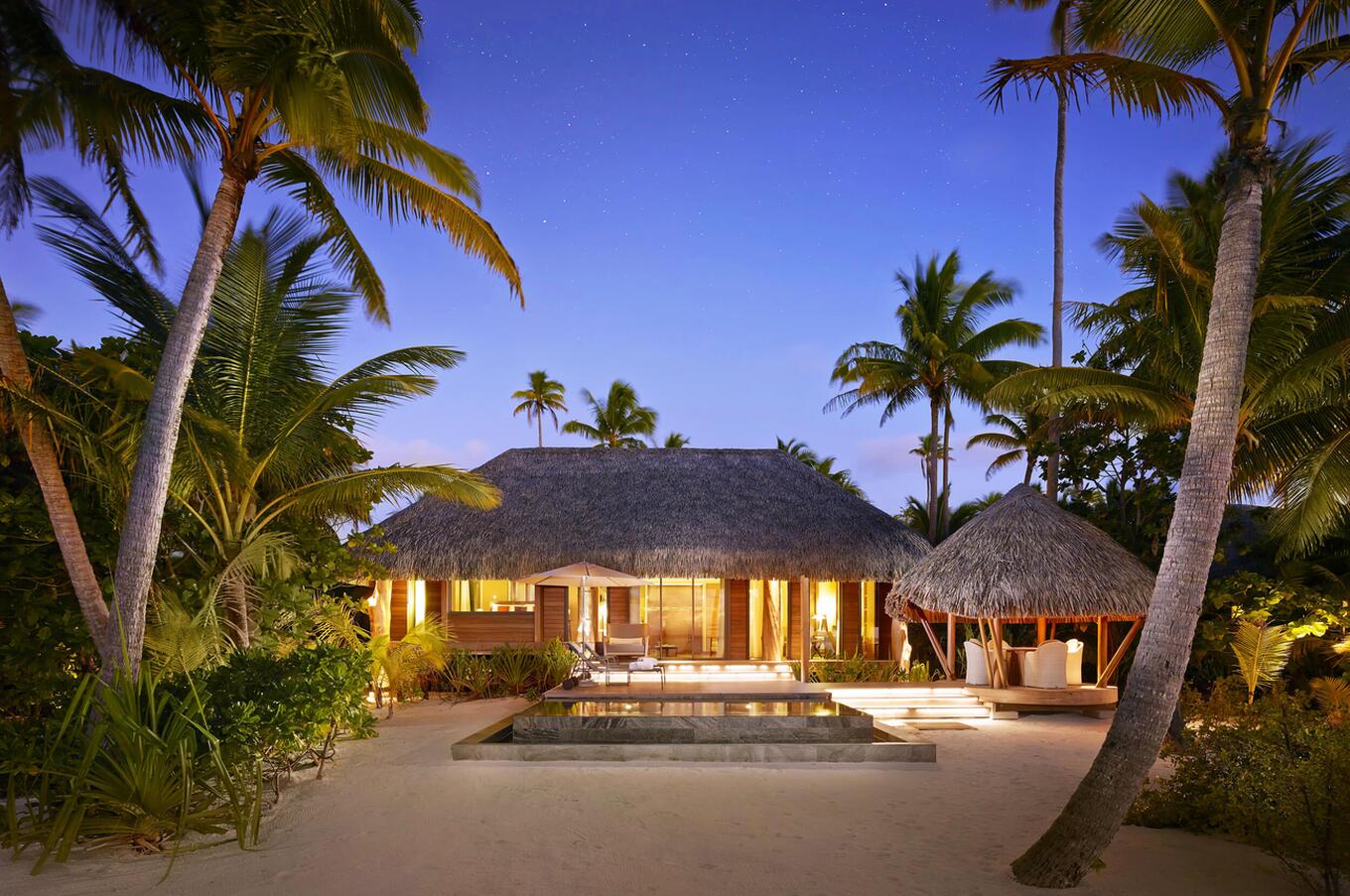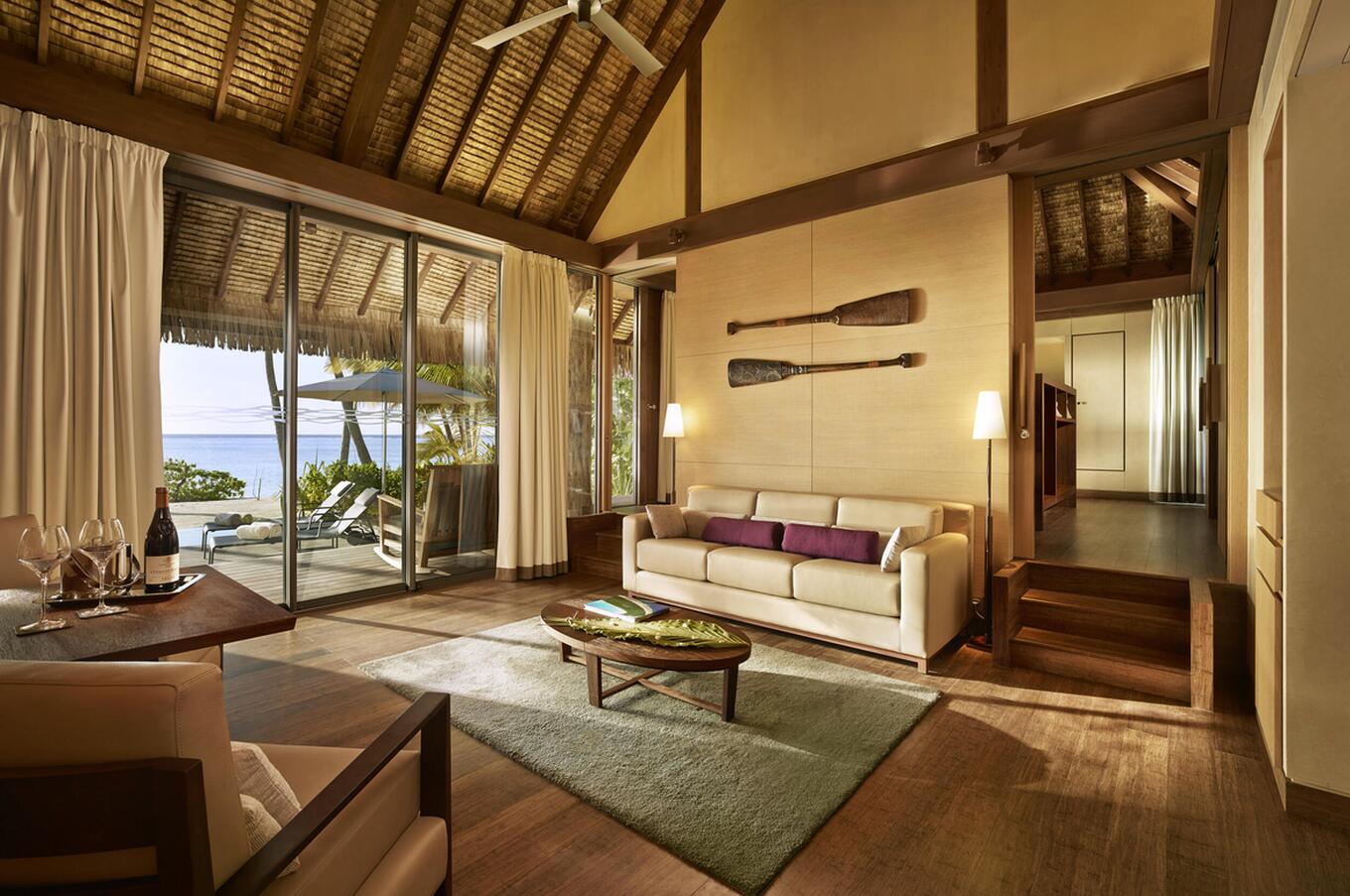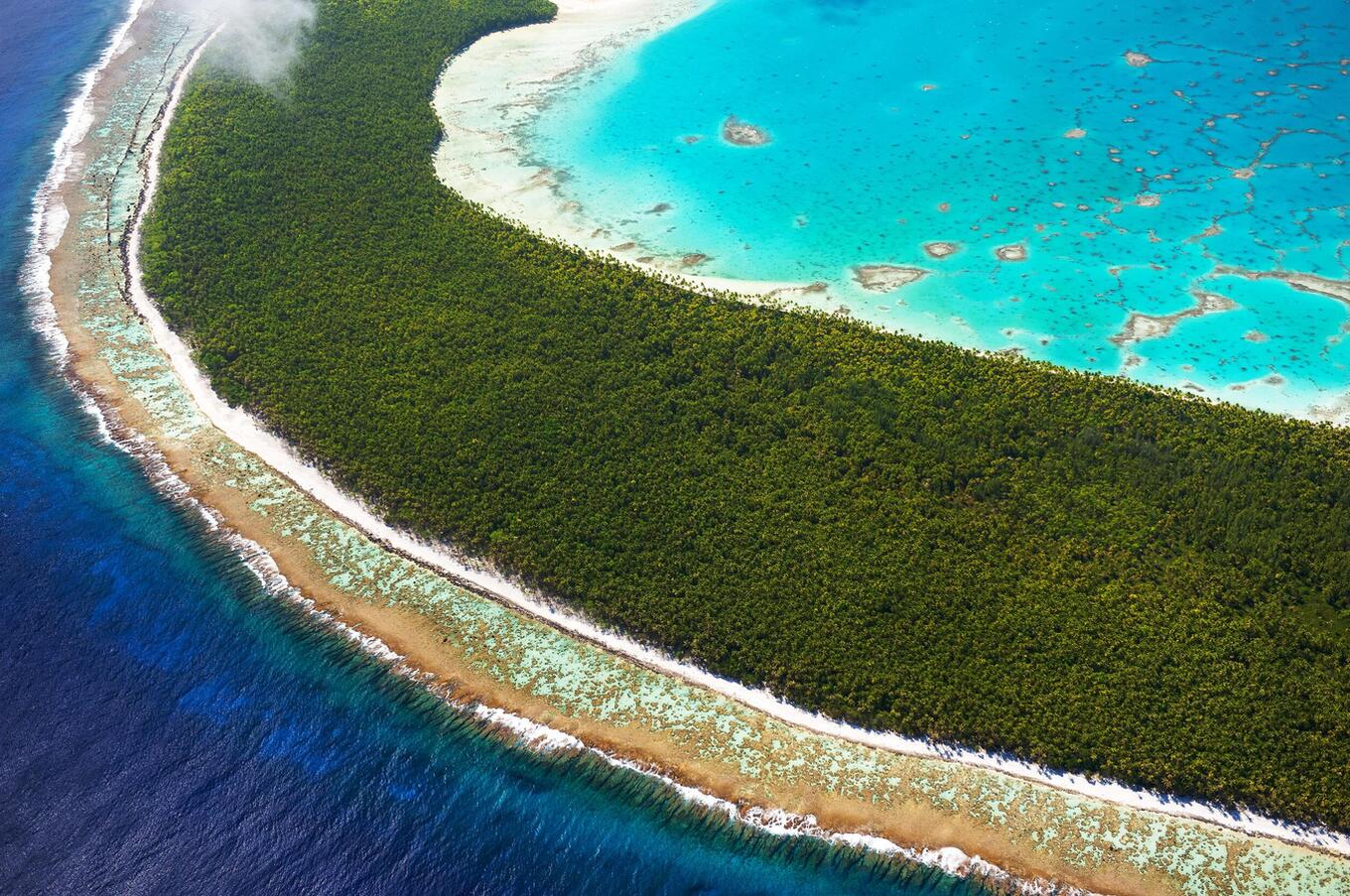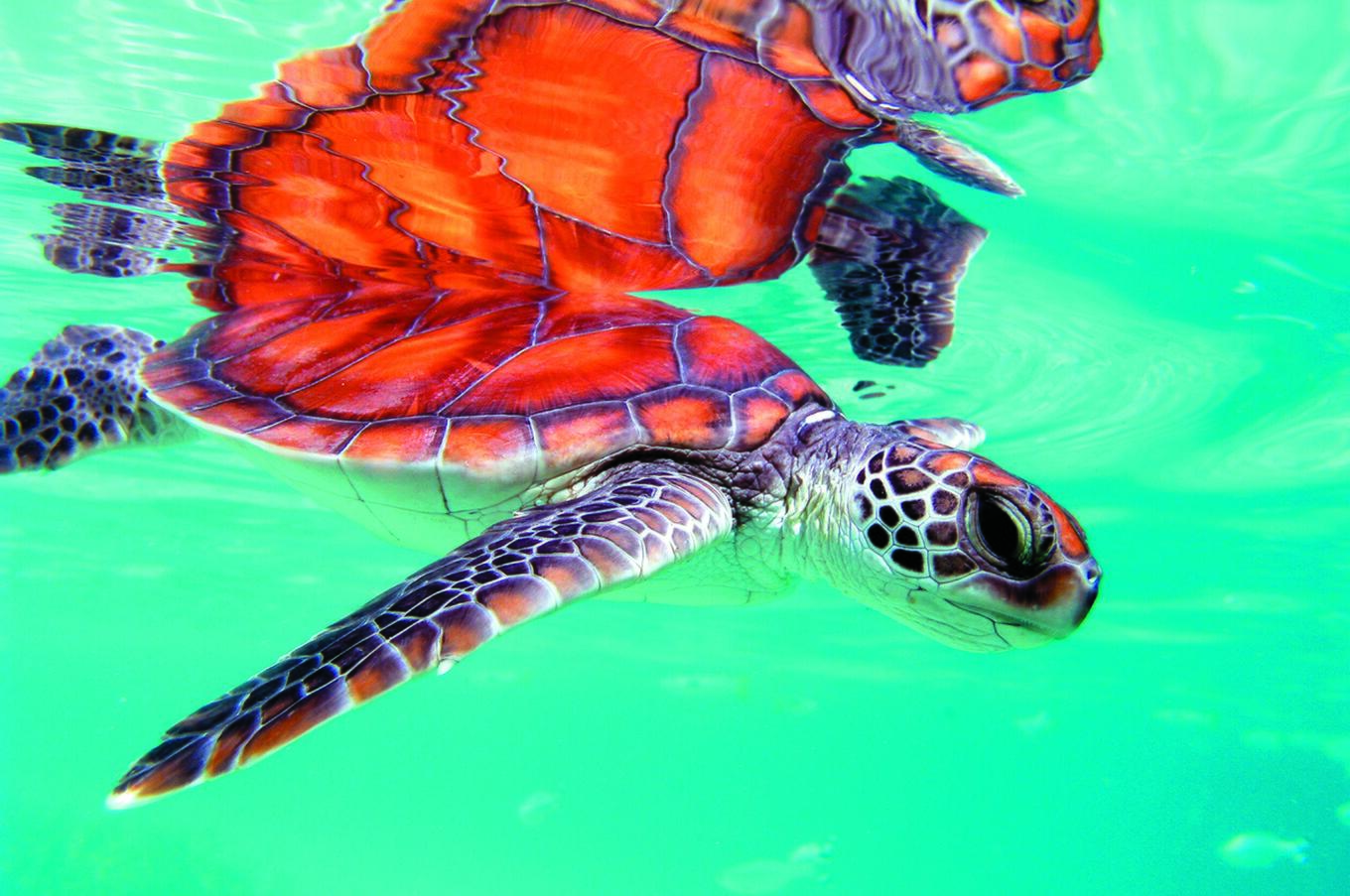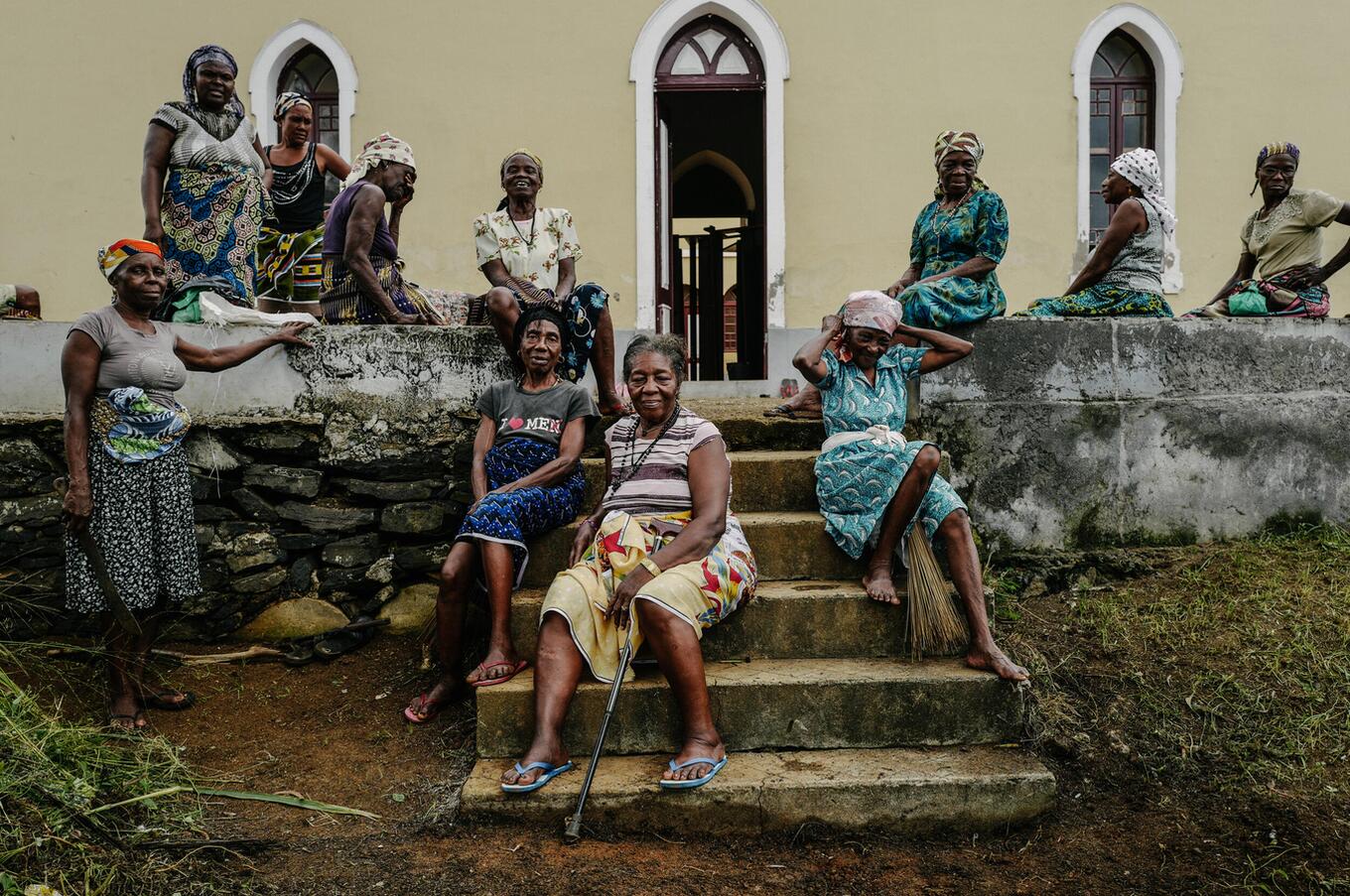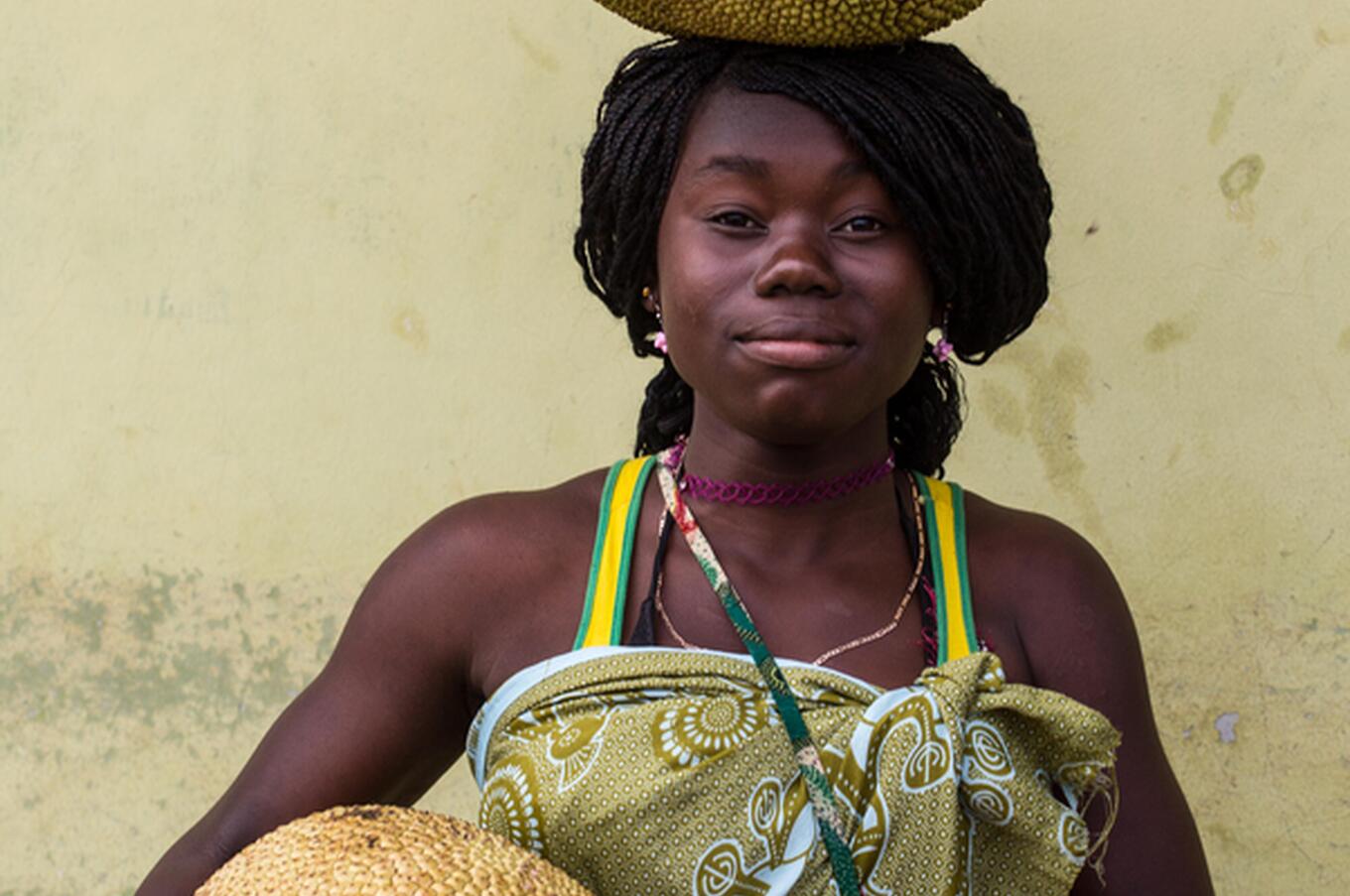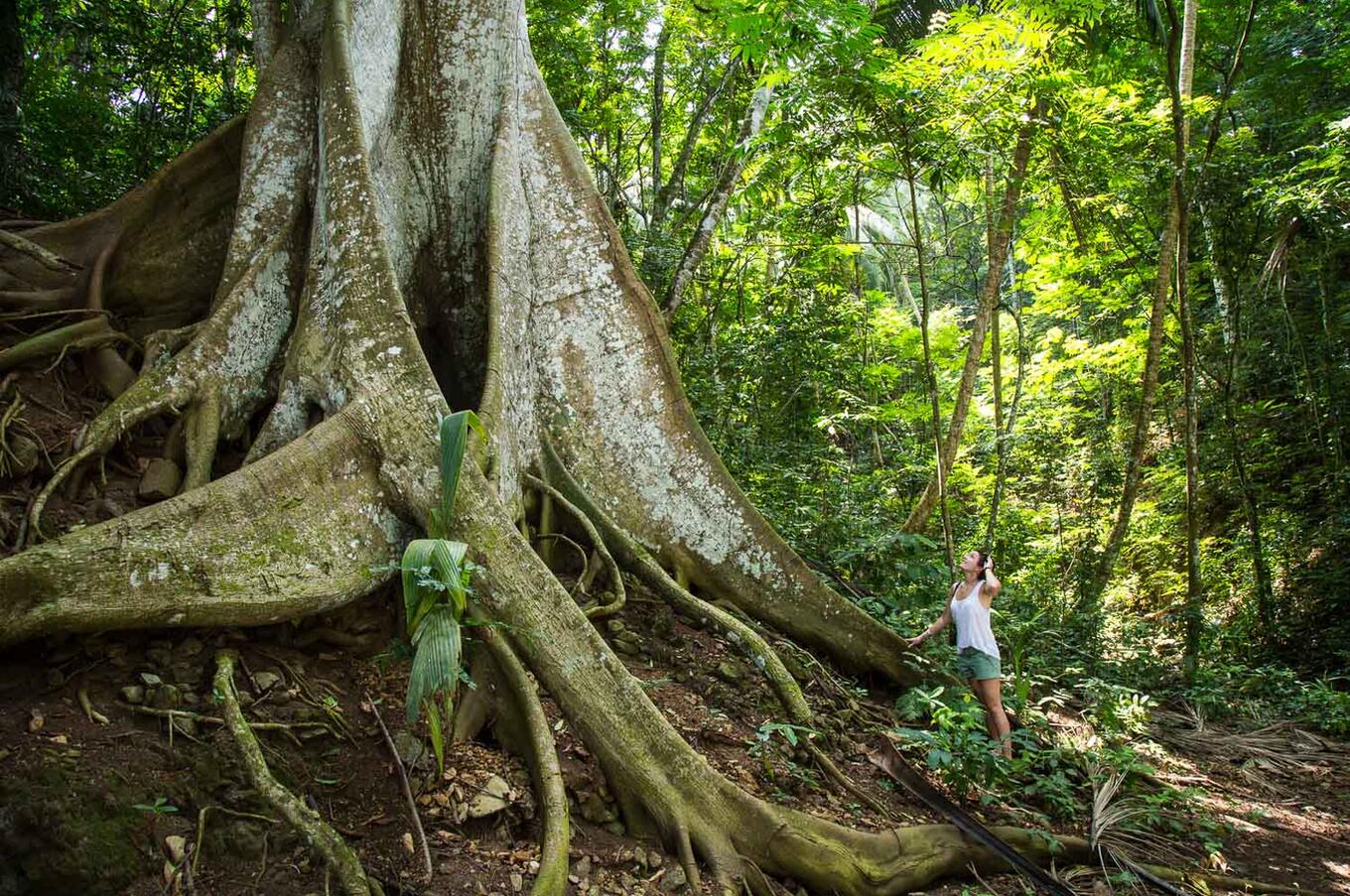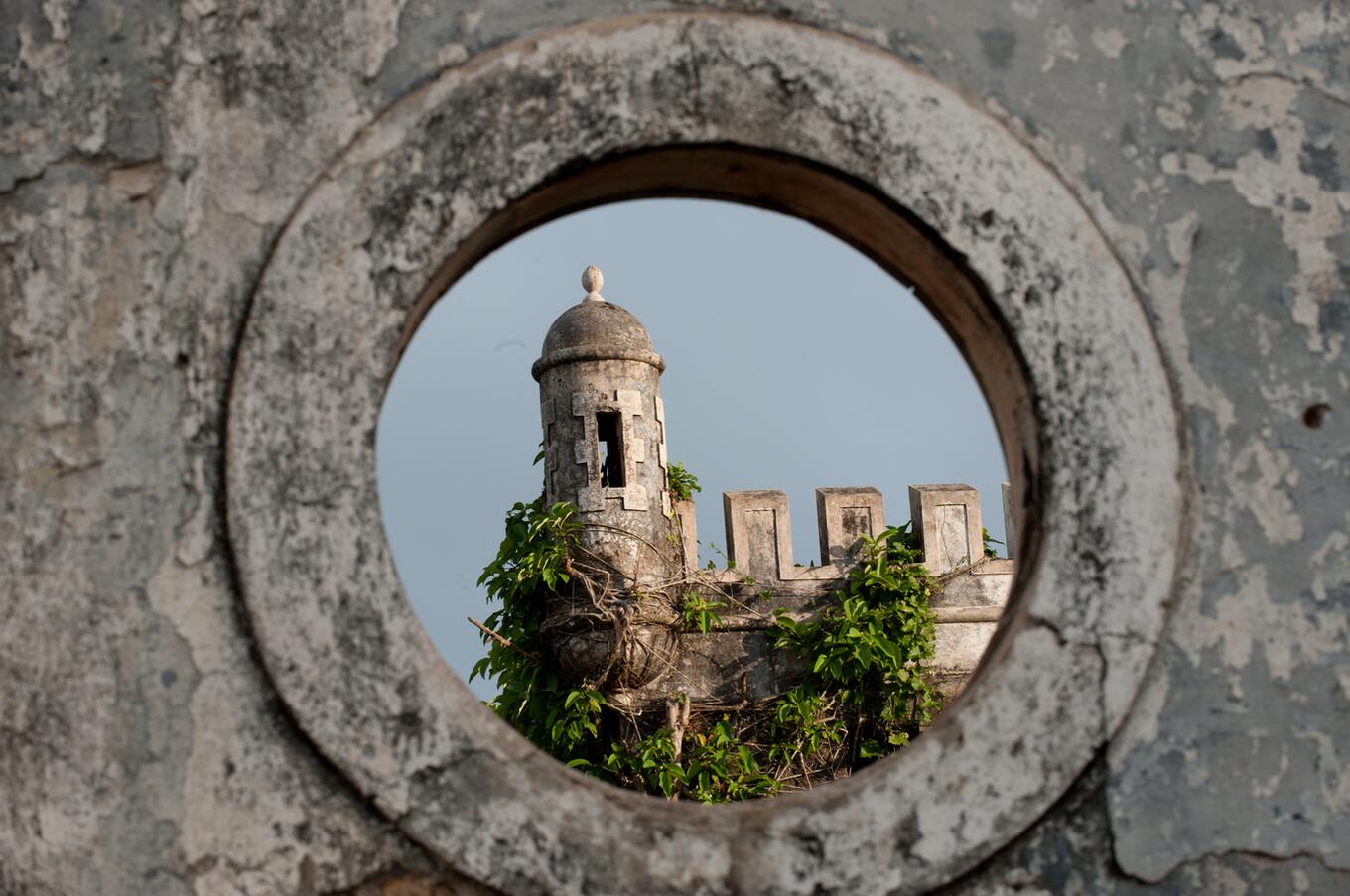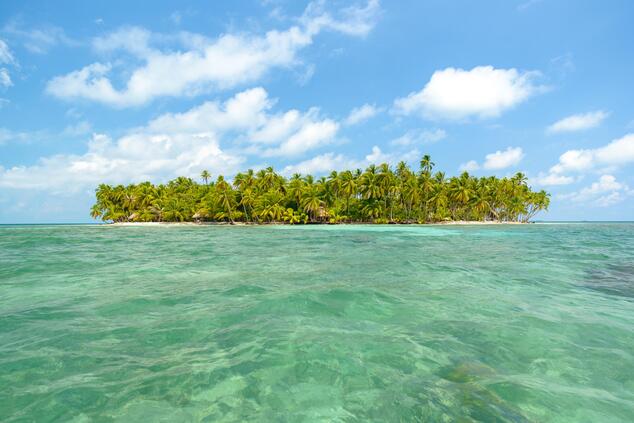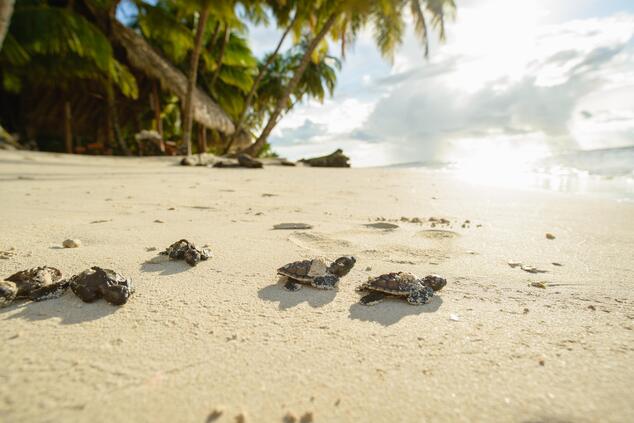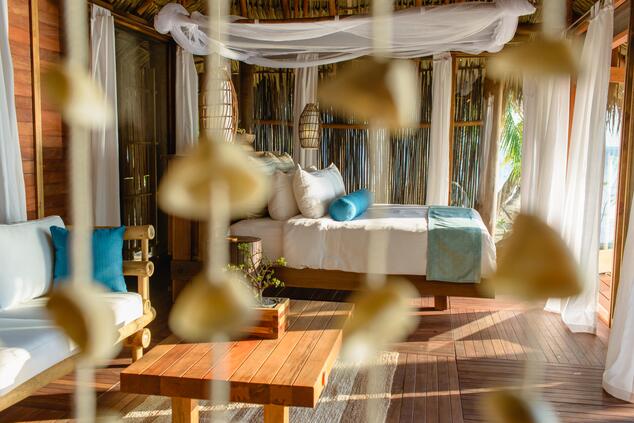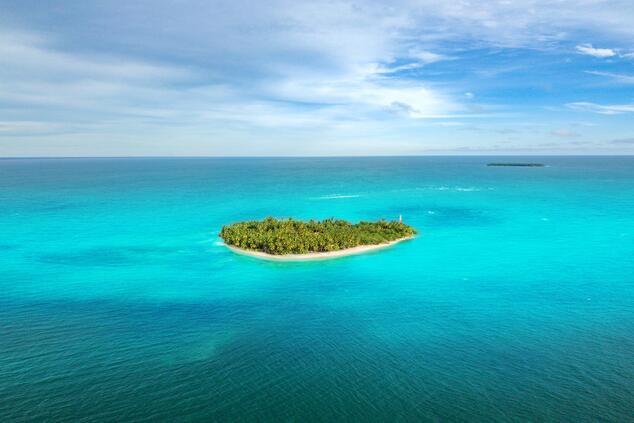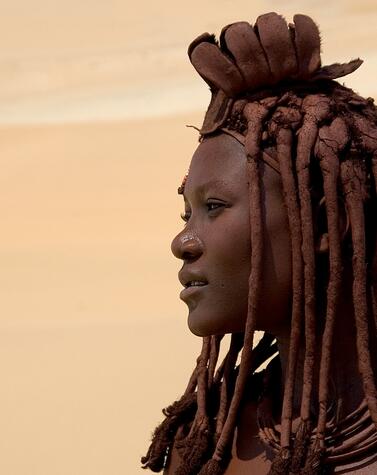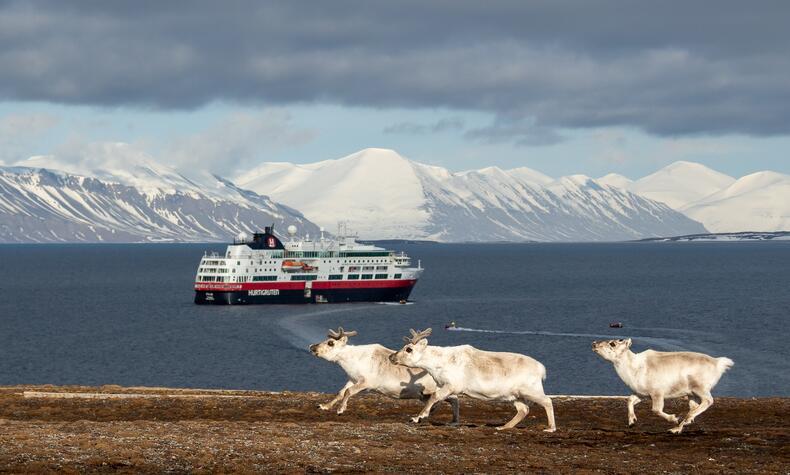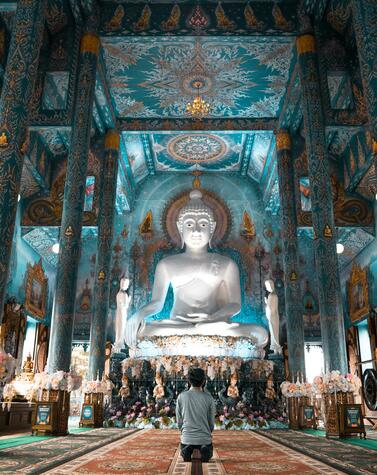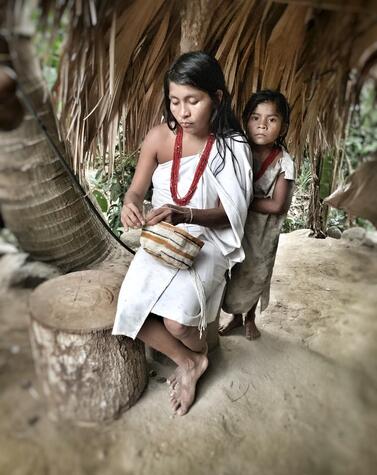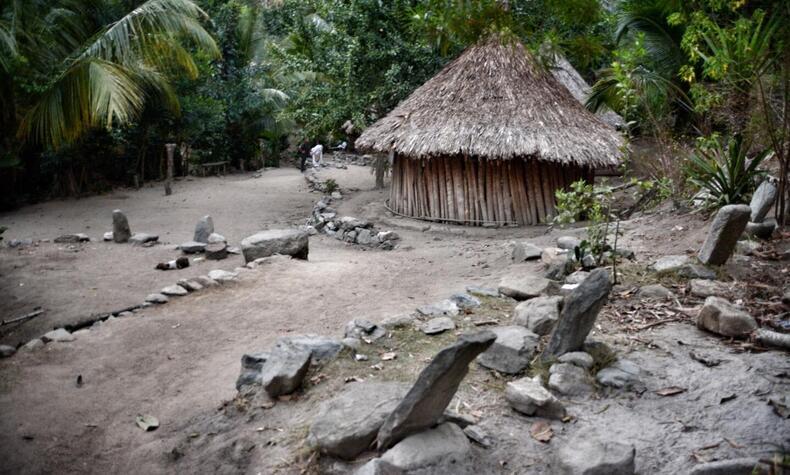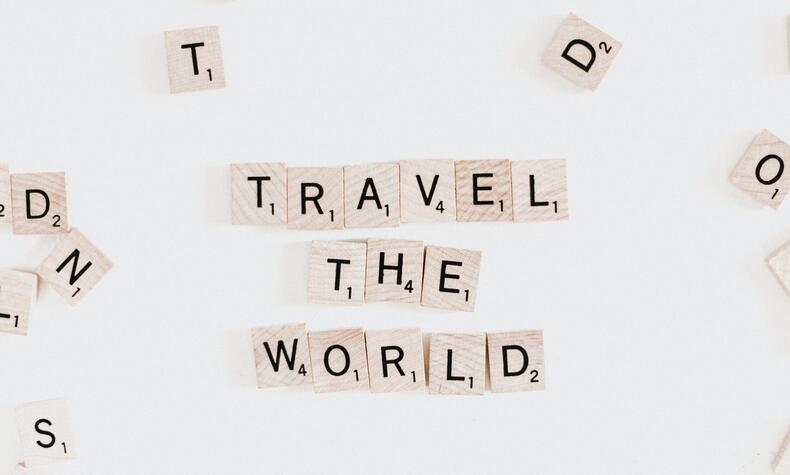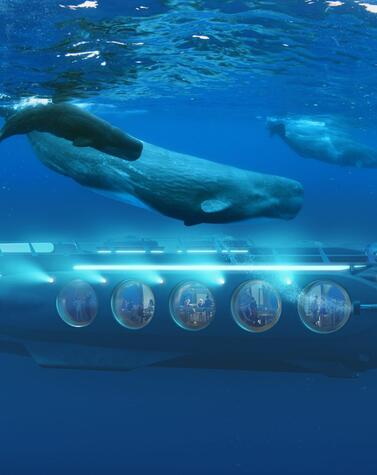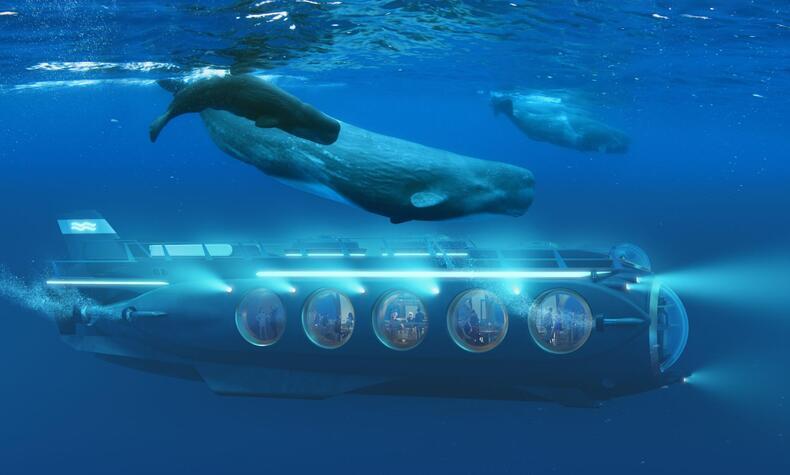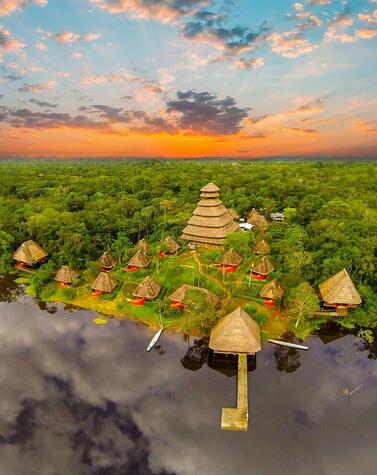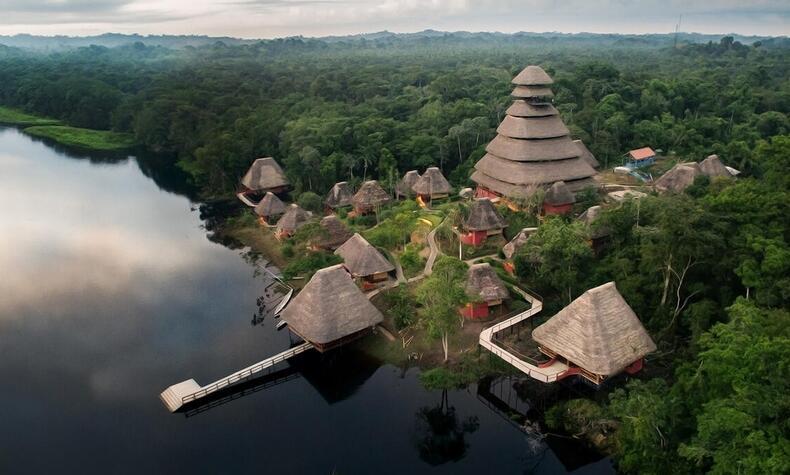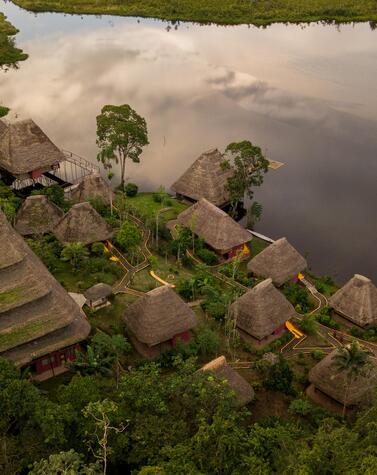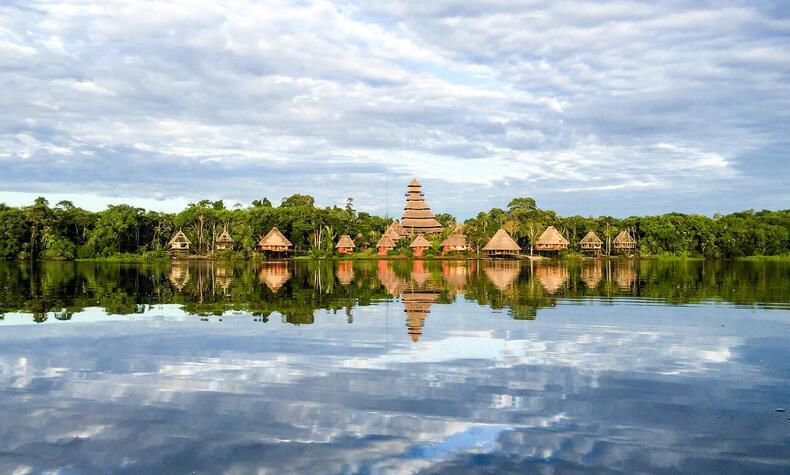Blue, travel the world's oceans and its islands
Have you ever imagined looking at a globe or world map from the perspective of the oceans and seas? The vast bodies of water that fill the Earth’s crustal depressions form the hydrosphere, covering about 70% of the planet’s surface, which is why Earth is often called the “Blue Planet.” Water is also the primary component of our bodies: we’re made up of about 75% water at birth, and around 65% in adulthood.
From space, photographs of Earth don’t highlight the ochre tones of deserts, forests, mountains, or valleys. Instead, the planet appears deep indigo, a world defined by its oceans. In that sense, it may seem almost paradoxical that we call it “Earth.”
Life on Earth began in the water. The oceans, which formed nearly 4 billion years ago, hold the vast majority of Earth’s water. They regulate the climate, shape weather patterns, and support a stunning diversity of ecosystems. Historically, the sea’s value was tied to its resources, fish, salt, minerals, and for centuries, control over the oceans meant geopolitical power through dominance of trade and military routes.
Today we know that, without the oceans, the Earth would not exist. Ocean currents are responsible for regulating the Earth's climate. The ocean releases more oxygen into the atmosphere than all the forests in the world, thanks to phytoplankton. The seas supply the planet with food: 20% of animal protein intake per year comes from the seas and oceans. They are also an important source of renewable energy, minerals, and energy resources.
The sea, its symbolism and archetypes, have also starred in great legends of universal mythology. The seas symbolize the dynamics of life, since everything comes out of the sea and everything returns to it. Represented by the Greeks as the god Poseidon and by the Romans as Neptune, the symbolism of the sea and water is associated with the subconscious, imagination, and dreams. So... we invite you to dream of blue, to travel the oceans, and to discover another way of seeing, feeling, and living our planet.
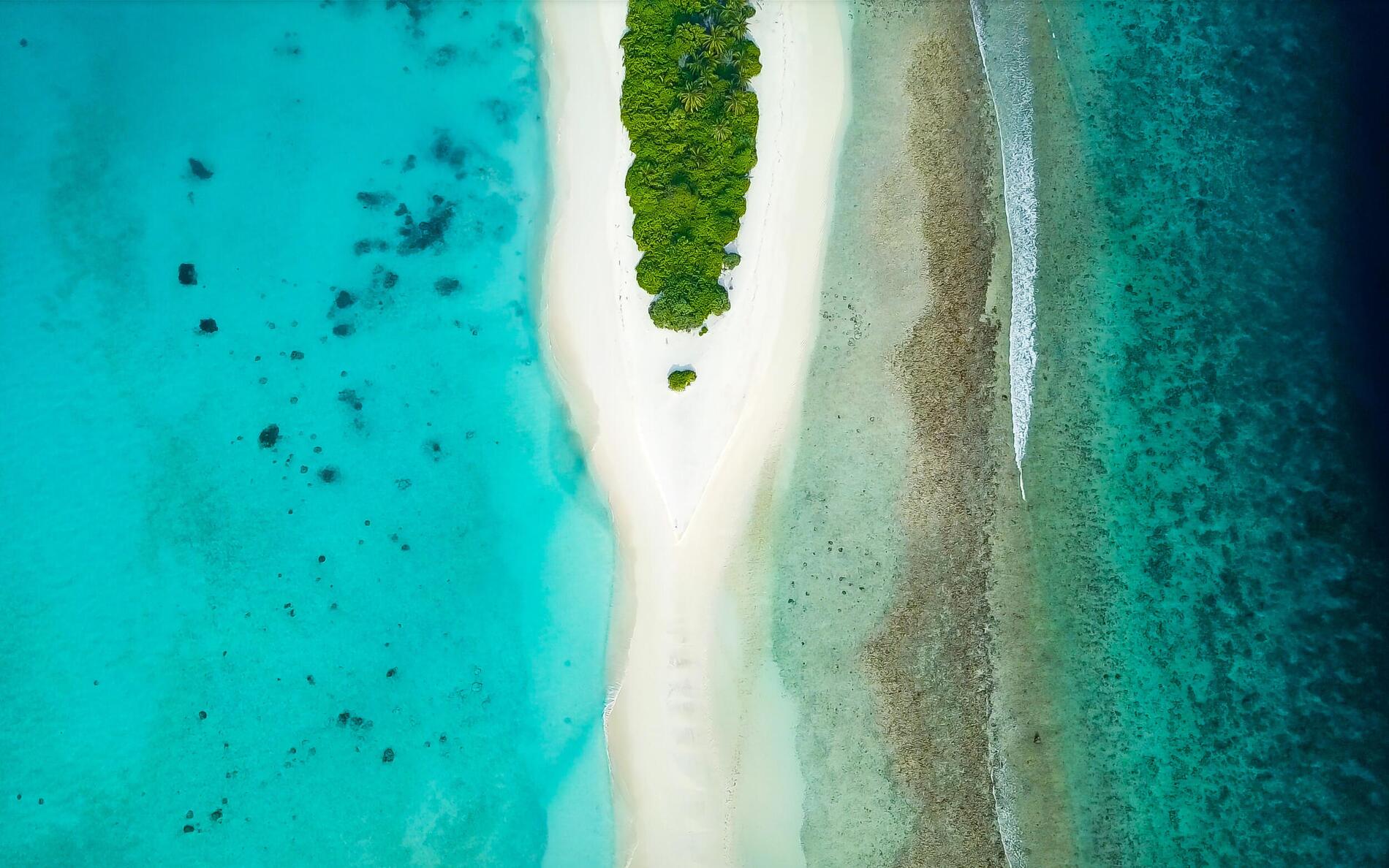
The beauty of a unique natural paradise
The Pacific Ocean is the most extensive on the planet. It stretches from the west coast of America to the east coast of Asia. It has a surface area of 165,700,000 km2 (which corresponds to approximately one-third of the Earth's surface), an average depth of 4,280 meters, and a maximum depth of about 11,000 meters. Its marine relief is characterized by a great abyssal plain in its central part and the oceanic ridge that runs off the coasts of America, which turns before Antarctica to reach Australia.
The Pacific, the most volcanically active ocean in the world, connects with the Atlantic Ocean through the Panama Canal, the Strait of Magellan, and the Drake Passage. It contains approximately 25,000 islands, most of them located south of the Equator.
This is the case for Polynesia, a large group of islands and archipelagos consisting of about a thousand islands located in the central and southern Pacific Ocean. The term, which derives from Greek and means "many islands," was coined by the French writer Charles de Brosses in 1756. This scholar published that year his Histoire des Navegations Australes Terrestres, a work that established the first geographical divisions of Australia and Polynesia which were subsequently adopted by John Pinkerton and other geographers of the time.

Through the centuries, artists and celebrities have been drawn to Polynesia. After a voyage of more than 5,000 kilometers from the Galapagos Islands, Charles Darwin arrived aboard the Beagle in Tahiti on November 15, 1835. The British naturalist spent a month exploring the island before leaving for New Zealand. More than 50 years later, the French painter Paul Gauguin also arrived in Tahiti for the first time in 1890 and in 1901 settled permanently in Atuona, on the island of Hiva-Oa, in French Polynesia. There he painted some of his last, most representative works and died on that island in 1903, at the age of 54.
Already in the twentieth century, the American actor Marlon Brando fell in love with a set of 13 small islands of the atoll of Tetiaroa, in French Polynesia, during the filming of "Rebellion on board", in 1962. In that film, he met the Tahitian actress Tarita, who would become his third wife.
In 1966, Brando bought the atoll that for years became his personal paradise and served as a refuge from his busy life as a Hollywood star. In 2014, ten years after the actor's death, it opened its doors in Tetiaroa. The Brando is now an eco-resort that houses a set of 35 exclusive villas hidden among the vegetation, located in front of the beach and decorated in the purest Polynesian style.
Lush nature and marine biodiversity
Thousands of kilometers from Polynesia, the Philippines is another archipelago made up of more than 7,000 islands. This country, colonized by the Spanish in the 16th century, is located in one of the most biodiverse areas of the world. The Philippines is the twelfth most populated country on the planet with an estimated population of 102 million inhabitants. Its islands, which can be explored by hopping from one to another in what is known as "island-hopping", present some of the most spectacular beaches and sunsets in the world.
The natural beauty of this archipelago never ceases to amaze. In Puerto Princesa, for example, you’ll find the world’s longest navigable underground river. The Philippines is also a true paradise for diving enthusiasts, boasting a greater variety of marine species than any other country on Earth.
The island of Siargao, located southwest of the Philippines, is a few kilometers away from one of the deepest marine trenches in the world. This teardrop-shaped island was discovered in the 16th century by the Spanish adventurer, Bernardo de la Torre. It is known for its famous waves that break on the coral reef, which surfing pioneers baptized Cloud 9. At the Nay Palad resort in Siargao, they know well what it is to live with the rhythm of the island and the sea, with a philosophy of life they call "barefoot luxury."


A sea of explorers
The Atlantic Ocean is the second-largest on the planet and extends from the Arctic Ocean to the Antarctic. With an area of 82,400,000 km2, it occupies approximately 20% of the planet's surface. It is also the youngest ocean on Earth since it was formed 200 million years ago by the division of the supercontinent Pangea. It has an average depth of 3,900 meters, reaching a maximum of 8,800 meters. The bottom of the Atlantic is crossed by a large underwater mountain range, which crosses it from north to south, called the Meso-Atlantic Ridge. This ocean connects with the Pacific through the Panama Canal through the Strait of Magellan and the Drake Passage, and with the Indian Ocean through the Suez Canal.
The Vikings, the Portuguese, and the Spanish were its most famous explorers. After Christopher Columbus discovered America, European exploration accelerated rapidly, and many new trade routes were established. Thus, the Atlantic was and remains the main artery between Europe and America, between the Old and the New World. Between the 15th and 16th centuries, most of the islands in this ocean were discovered. This is the case of the islands of São Tomé and Príncipe, located in the Gulf of Guinea and discovered by the Portuguese in 1469. These islands, which are part of a mountain range of extinct volcanoes, are the smallest country in Africa.
In 2012, the island of Principe was classified by UNESCO as a World Biosphere Reserve and, since then, has attracted conscious tourists of sustainable and environmentally friendly travel. On this island, it seems that time has stopped and that nature continues to impress in the same way as when it was discovered 600 years ago.
Today, this island enchants thanks to the calm and relaxed character of its inhabitants, the vestiges of its colonial architecture, its beaches where sea turtles lay their eggs, and its famous "roças", the large coffee and cocoa plantations that cover the upper parts of both islands.
Pirates, privateers, and buccaneers
Unlike oceans, seas are usually smaller and shallower. Their ocean currents are weaker and, because of their proximity to the continents, they contain greater biodiversity.
The Caribbean Sea, which is part of the Atlantic Ocean, is one of the saltiest seas in the world. It was formed by a fracture of the Pangaea continent in the Mesozoic Era, between 160 and 180 million years ago. With a surface area of 2,763,800 km2, its deepest point is in the Cayman Trench, located between Cuba and Jamaica, at 7,686 meters below sea level.
The Caribbean is home to 9% of the planet's coral reefs. The reefs of the Honduran island of Roatan constitute one of the richest ecosystems in biodiversity worldwide. They are part of the Mesoamerican reef system, which, with an extension of more than a thousand kilometers, stretches from Yucatan to Belize, Guatemala, and Honduras.
The Caribbean Sea was unknown in Europe and Asia until 1492, when Christopher Columbus set sail for the first time, trying to find a route to India. After that date, the area was rapidly colonized and became a strategic sea for European trade routes and very attractive for pirates and privateers.
Located off the coast of Nicaragua, the island of Calala, which is part of the archipelago of Pearl Cays, was used by the British in the 17th century as a stop for merchant ships and also by pirates during the Golden Age of Piracy in the Caribbean.
- Calala Island, former stopover for British pirates in the Caribbean. —
- Turtles nest every year on Calala's beaches. —
- The use of sustainable materials is common in the island's accommodations. —
- The typical blue color of the Caribbean Sea surrounds Calala Island.
After the spice route
The Indian Ocean stretches between the eastern coasts of Africa, southern Asia, Australia, and Antarctica. It is the warmest and also the one with the highest salinity. It has an area of 73,556,000 km2, including the Red Sea and the Persian Gulf. It has an average depth of 4,200 meters and a maximum depth of 7,125 meters, corresponding to the Java Trench. Its bottom is characterized by a central ridge that descends from the Arabian Peninsula and bifurcates into two at its midpoint, one branch leading to South Africa and the other towards Australia.
The world's first civilizations arose around the Indian Ocean: Mesopotamia, along the valleys of the Tigris and Euphrates rivers. Egypt on the Nile and the Indian subcontinent, in the Indus Valley. In the Middle Ages, the Indian Ocean was the scene of the well-known "Spice Route" through which European sailors traveled to India in search of precious oriental spices.
The waters of the Indian Ocean are home to some of the most dreamed-of island paradises such as the Maldives, Seychelles, Reunion, Comoros, Madagascar, Sri Lanka, and Zanzibar.
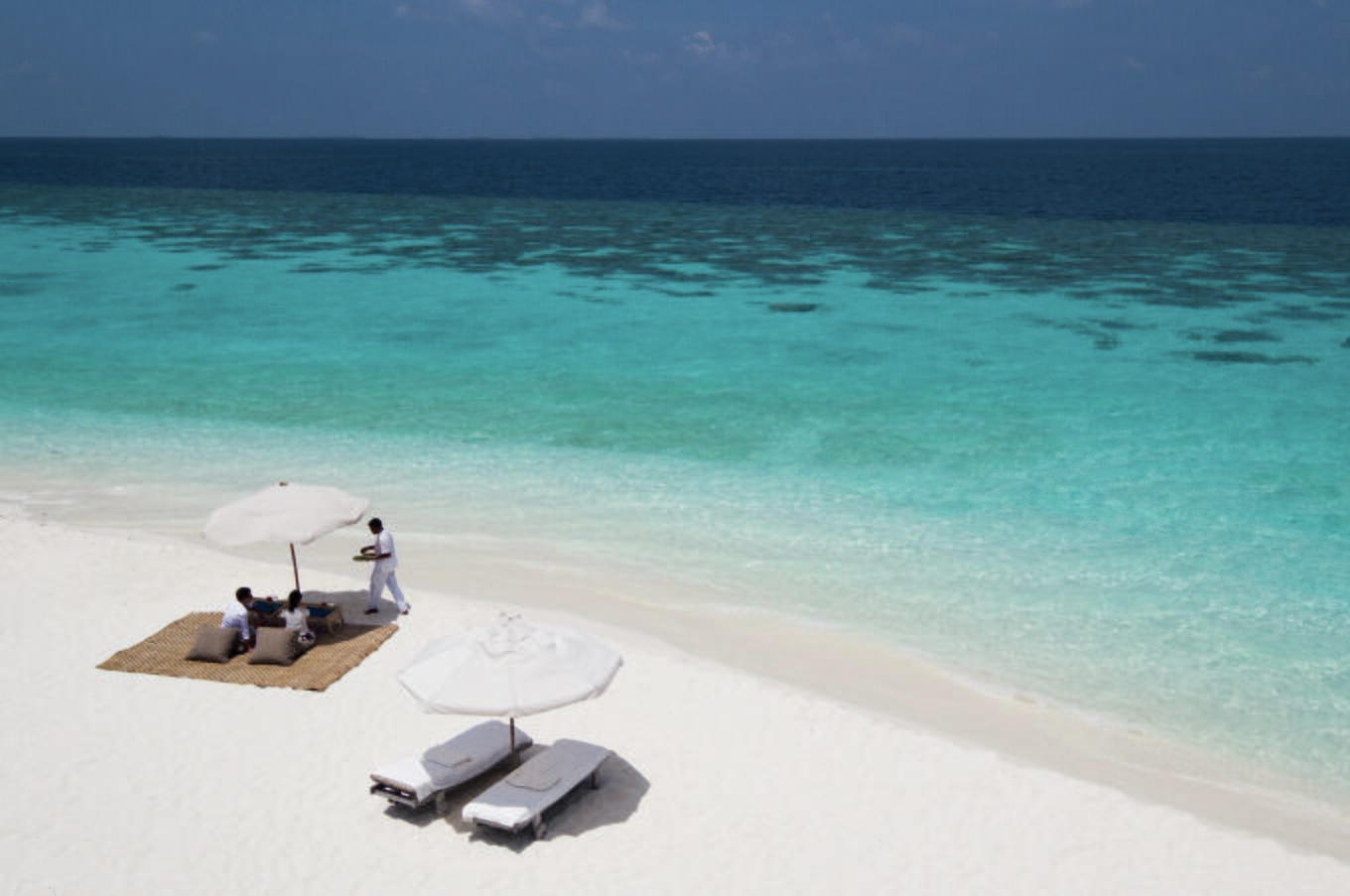
The Cold Seas
The Arctic Ocean is the smallest and northernmost of the planet's oceans. It lies mainly north of the Arctic Circle, occupying the area between Europe, Asia, and North America. It covers some 14,056,000 km² in area and ranges in depth from 2000m to 4000m. The Arctic is home to more than 400 species of animals, including polar bears, seals, and whales.
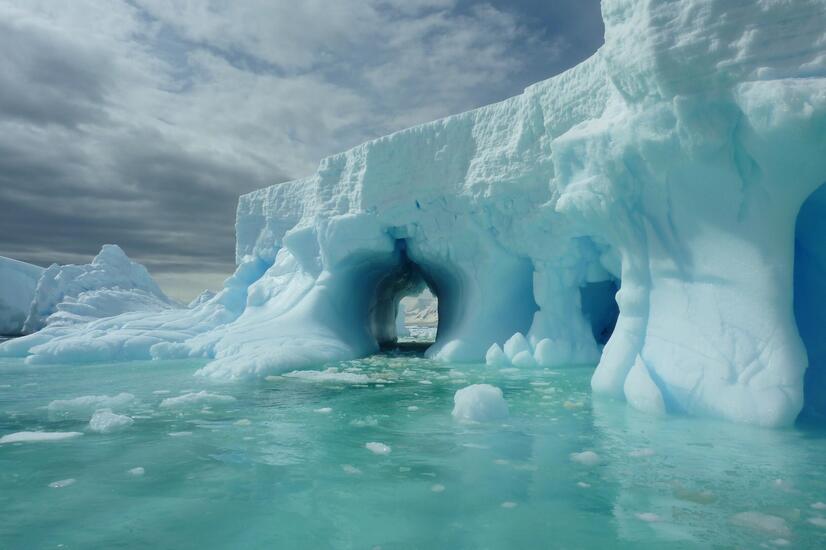
Global warming is one of the environmental hazards threatening the Arctic. It is estimated that the thickness of the Arctic Ocean ice cap has decreased by 40% over the past fifty years.
The Antarctic Ocean surrounds Antarctica and, together with the Arctic, is the only ocean to completely encircle the world. It has a surface area of 20,327,000 km2 and an average depth of 3,270m.
Discovering the islands and fauna of these seas of ice becomes a unique and transforming experience for all those who have been lucky enough to experience and visit some of the most inhospitable places on the planet, where it is nature that sustains the lives of animals and inhabitants.
To travel in blue, through the seas and oceans of our planet, is to travel through the history of mankind, the nature and biodiversity of the coasts and seabed, the culture, and the people of the islands. It is to return, in short, to the beginning of life on Earth.
